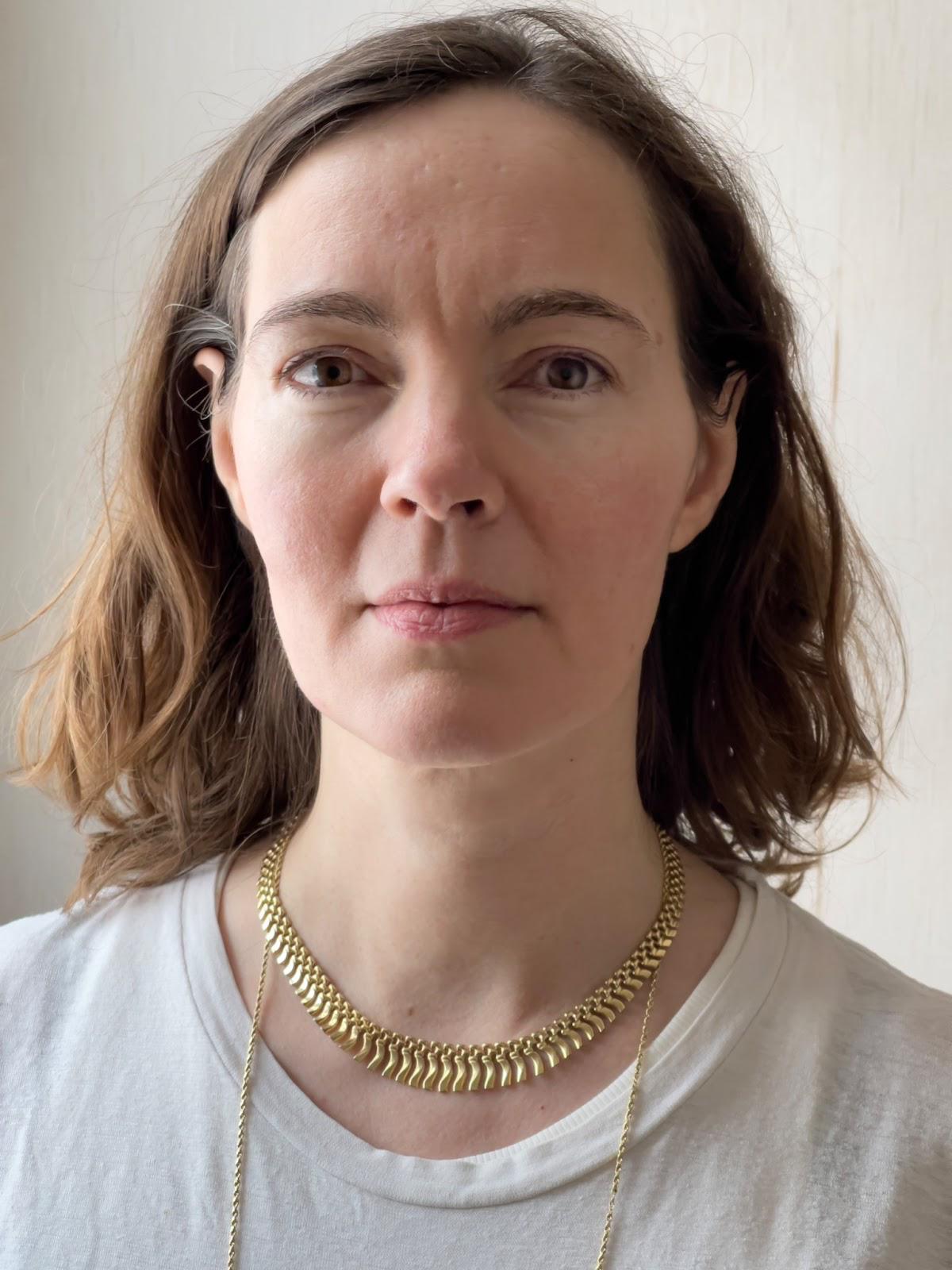*Photo credit: Lida Suchy
In some places, regardless of whether you’re good or evil, bad things can happen. Filmmaker Stewart Thorndike understands this reality and made sure to play it up in her new film Bad Things. The second film of a trilogy and the successor to her critically acclaimed film Lyle, Thorndike takes another stab at horror in a film that brings together Gayle Rankin (Glow), Hari Nef (Barbie), Annabelle Dexter-Jones (Succession), Rad Pereira (Betty), Jared Abrahamson (Ramy), and Molly Ringwald (Dahmer).
The film follows four friends, Ruthie (Rankin), Cal (Nef), Maddie (Pereira), and Fran (Dexter-Jones), who escape the city for a snowy weekend getaway. But it’s not just a vacation, as Ruthie has inherited a hotel from her grandmother that the crew decides to stay in and has plans to sell it. However, her partner Cal thinks it can be restored to its former glory.
Joined by their friends, Maddie and Fran, the foursome cook, dance, flirt, and fight within the halls of the hotel. But the longer they stay, the more entangled they become in the hotel’s seductive embrace. Soon, the building proves to be much more sinister than they imagined, driving people to do bad things to each other.
INTO sat down with Thorndike to discuss her latest film, its focus on motherhood, and why she wants to see flawed characters on-screen.
Related:
Gayle Rankin Does ‘Bad Things’ in New Trailer for Queer Psychological Thriller
The new trailer for the Shudder original ‘Bad Things’ just dropped and it’s giving queer ‘The Shining’ vibes from head-to-toe.
Bad Things is the second film of a trilogy that focuses on different parental relationships, like horror films Mama, Pearl, La Llorona, and even the A Quiet Place franchise. What else do you think that Bad Things has in common with these films and what do you think sets it apart from them?
Well, I think what it has in common is that it is a primal, delicious, rich experience that every single one of us have. We may not have dads, but we usually have a mom. At one point, there was a mom that birthed us, it’s the first relationship, and that’s epic. I think that the films that focus on the mother/child relationship understand that.
Now, I will say really quickly, I think what separates me is I’m not very romantic about it. I’m not very sweet about it. So, I take a pervier look at that and it is, still, a celebration of motherhood. In my film, Ruthie, the lead character, cannot move forward in life because she had this unrequited love. I said it’s not romantic, but in some ways it feels like it’s kind of romantic. Molly Ringwald is so sexy and larger than life and that is what the power of a mother can be. It can take on all sorts of weird forms. And so, [Ruthie] really has to exorcise that relationship to move forward and she can’t.
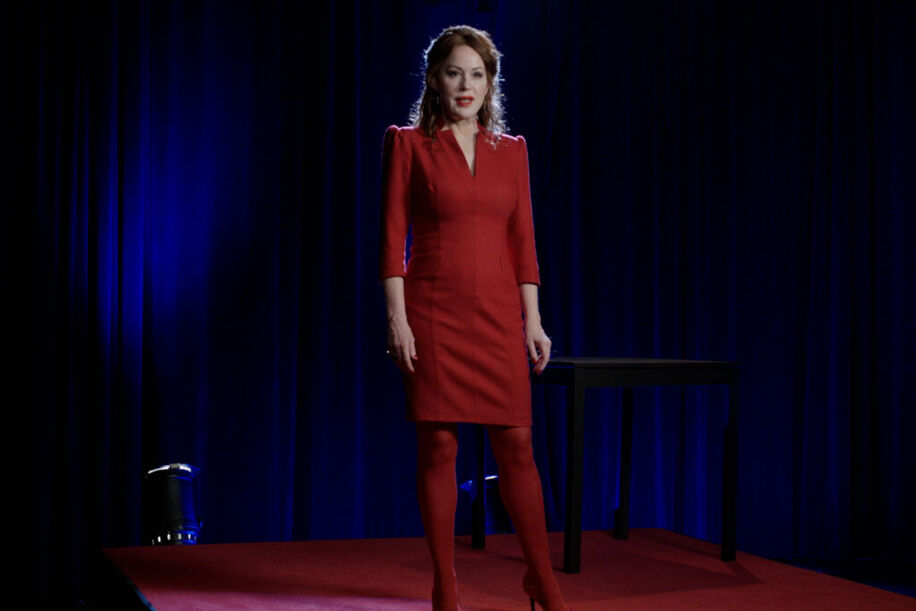
On the topic of relationships, I noticed that all of the relationships within the film seem to be marred by bad events. What did you want to show on screen through this component?
I like that word. You know, I think that this atmosphere, this relationship between Ruthie and her mother, is the kind of evil portal or dark portal. Once you get brought into [it], none of the other relationships are allowed to be healthy, even if that means a breakup. Some of those relationships, they should just part ways, but there’s some kind of glue that [is] an unhealthy attachment. It’s just a quagmire of unhealthiness because of this one primal relationship that needs to be severed, or at least understood in a different way.
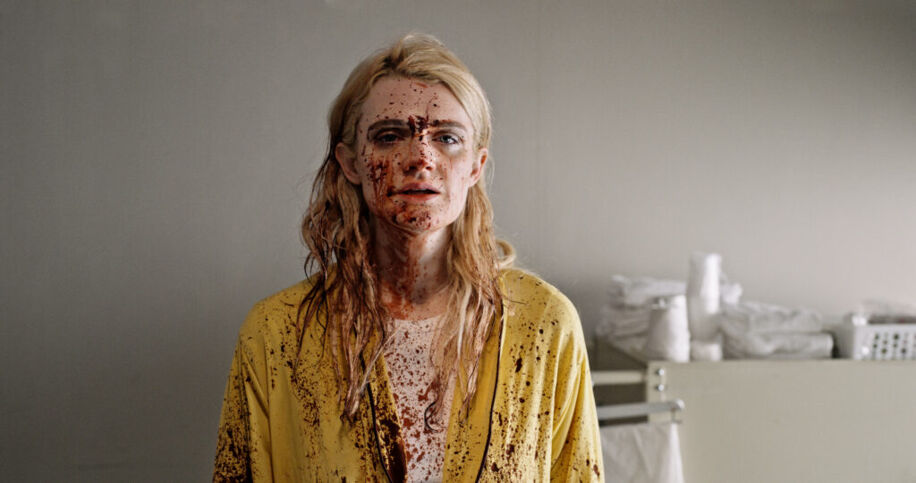
One thing you do with Bad Things is authentically tell queer narratives. What do you think filmmakers should keep in mind when they try to create authentic queer narratives in their films?
I love to hear that. And you know what? I just can’t stomach stories where queerness is the storyline. It’s just not where I’m at. I don’t really love coming out stories. Sorry. I just never got into it. I write in the world that I’m immersed in and my relationships. I mean, some of them are cute and pretty. But, I don’t know. I want depth to my characters.
It’s always personal for me, and then the politics come in. I date real people and they’re flawed, complicated, larger than life, and have foibles and terrible transgressions take place. I don’t know, I’m starved for that in the movies and I wouldn’t do it any other way. It’s not that I set out to do it. I just can’t believe there’d be any other way to do it. I think that’s it.
It means that we have to be nutritious, good, and tell lessons. No, thank you. I want to be flawed, see my people be flawed, and I want to get into the dark corners and see what happens.

Related:
Moving Beyond the ‘Bury Your Gays’ Trope: Reclaiming Queerness in Horror Films
Horror has not been kind to other marginalized communities: a new group of creators are pushing the genre to embrace its queer roots, and honor its queer characters.
What was your favorite part of filming Bad Things.
I mean, it was a hard shoot because it was cold and it was an indie budget, but my actors, their qualities were so big, their talent was so big that I kind of never knew what was going on. You would think, well, here’s the scene where you cry and they would be flirting. And I’m like, “Wait, what?” So it was kind of like keeping out of their way. I think the way they would surprise me and their dynamics together was what was thrilling to be a part of. It felt like we were all doing something together, from the crew, the cast, and even this kind of forgotten, weird, ‘90s hotel – that was kind of a ladylike hotel. I’d never seen a hotel like this. So, it felt like it was just sitting there waiting for us.
Well, you know what I want to tell you, I’ve never told anybody this, but I remember with Rad, who plays Maddie, they have to wander the halls and they’re starting to sense that something’s not right. Now Maddie’s character in the movie, they’re not passive aggressive at all. Everybody else is politically outmaneuvering each other, but poor Maddie, the good character, they’re just never able to quite keep up, but they start to be like, “Oh, wait. I’m sensing something.” I remember them having to do these really quiet scenes through the hotel, and all the crew just started breathing with them. It was kind of this spiritual [experience] that we were performing with them. It was just really mesmerizing.

There are also some interesting weapons used in Bad Things that sort of pay homage to certain films, like the Texas Chainsaw Massacre and Evil Dead.
Well, I had to reclaim the chainsaw because it was invented as a gynecological tool. So sorry, guys, but I had to take that one back. It’s so operatic and masculine. Couldn’t resist.
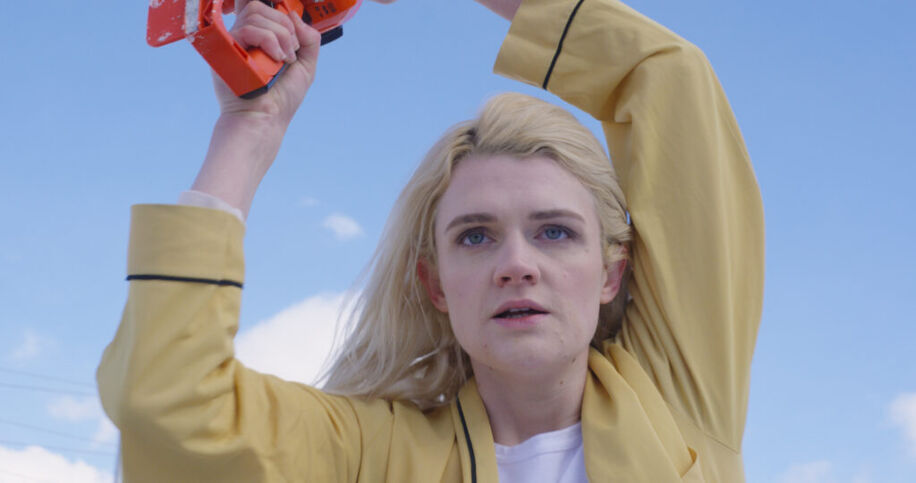
There’s this warping of reality and memory at play, similar to horror films like Eve’s Bayou. What was the reason behind this and what did you want to highlight?
I think I really wanted to create a space away from the world that was my kingdom or this space that was not the white, straight lens that’s enforced on us all the time and that it was a new way of rebuilding. It’s my own little world, which is what you can do with a film.
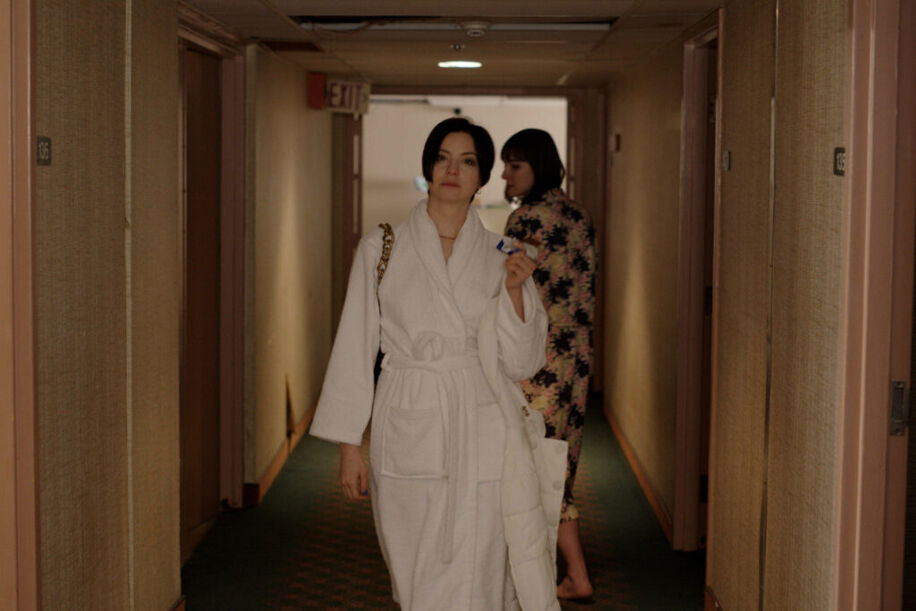
Don't forget to share:
Help make sure LGBTQ+ stories are being told...
We can't rely on mainstream media to tell our stories. That's why we don't lock our articles behind a paywall. Will you support our mission with a contribution today?
Cancel anytime · Proudly LGBTQ+ owned and operated
Read More in Entertainment
The Latest on INTO
Subscribe to get a twice-weekly dose of queer news, updates, and insights from the INTO team.
in Your Inbox

